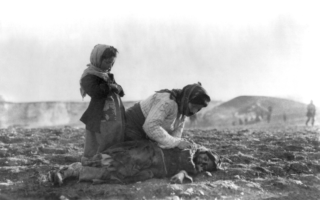Series Introduction
This year marks the centenary of the First World War’s conclusion. No doubt, the following posts will be but a drop in an ocean of writing that addresses a multitude of “legacies” of the First World War; from the culture of mourning to the rise of the United States as a global leader. Here, however, I wish to focus on one legacy in particular, the importance of which will not be lost on the contemporary reader; that of the modern refugee. The word “refugee” itself dates back to seventeenth-century France, yet, for the majority of the world, until the twentieth-century the notion remained incredibly alien, and wasn’t remotely close to the concept we know today. However, the maelstrom of the First World War soon changed all this. The first truly total and global conflict created millions of refugees across the world (chiefly in Europe), both directly through conflict, such as the case of Belgian refugees in Britain, and indirectly, as the fighting catalysed the collapse of empires and the progress of violent revolutions. Beyond the increased objective presence of refugees, the conflict shaped responses to and understandings of them. One can perceive the beginnings of an international refugee regime, as well as significant developments in their reception at a national level both politically and socially. Yet possibly most important of all, by retrospectively looking at this period we can discern the power of refugees themselves and understand them as more than mere flotsam and jetsam on the waves of history; something too often forgotten in light of displacement today. In this series of short posts, I therefore hope to illustrate the historical lines which join that catastrophic conflict to what is understood as the modern refugee today.
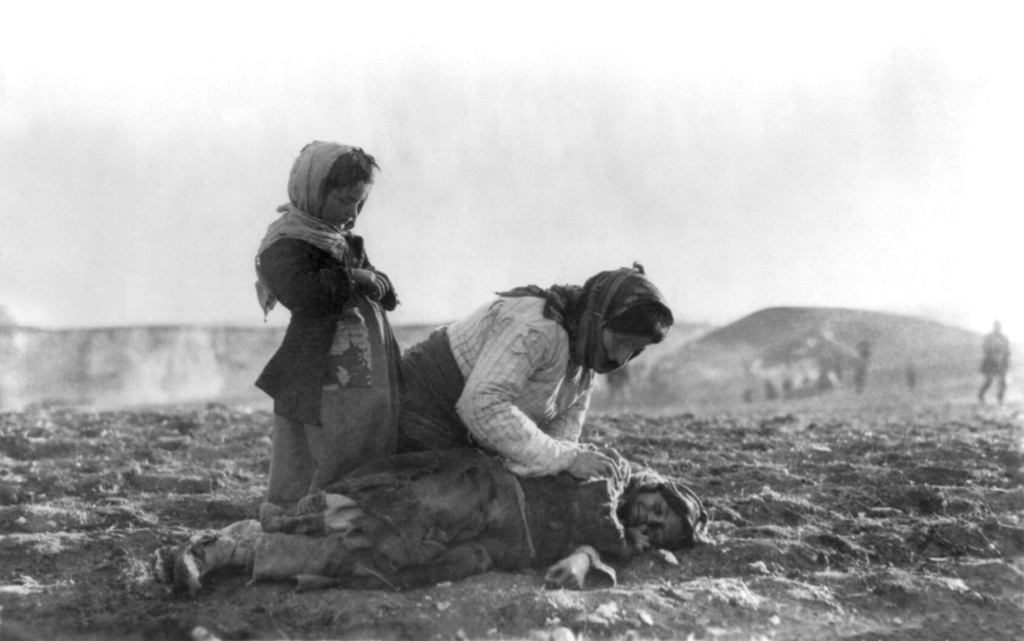
An Unprecedented Scale
The crisis in Europe and around the world today is undeniably one of immense scale, with catastrophic consequences that are still yet to be felt entirely. Nevertheless, our historical gaze must be cast back 100 years before we capture the continent being plunged into a truly unprecedented refugee crisis. And, in this instance it was Europeans themselves who were on the move. As the continental powers rapidly mobilised for a conflict like no other before in 1914, few people foresaw the immense scale of displacement that would result. Soon enough, for the first time in history the people of nations across Europe and the colonised world found themselves face to face with refugees or with the prospect of being refugees themselves.
In Western Europe approximately 1.5 million Belgians ran from the invading German forces in the opening months of the war. The majority sought refuge in neighbouring countries like Holland and France, whilst around 160,000 made their way to the United Kingdom. On the eastern front, a third of Serbia’s pre-war population was displaced after defeat to and occupation by the Austrian army. Half a million made their way through the mountains to Albania while others ended up as far from home as Corsica, Tunisia and even east England. Meanwhile, as the Russian army advanced into Prussia approximately 1 million ethnic Germans set off in flight westward, settling closer to the German state itself.
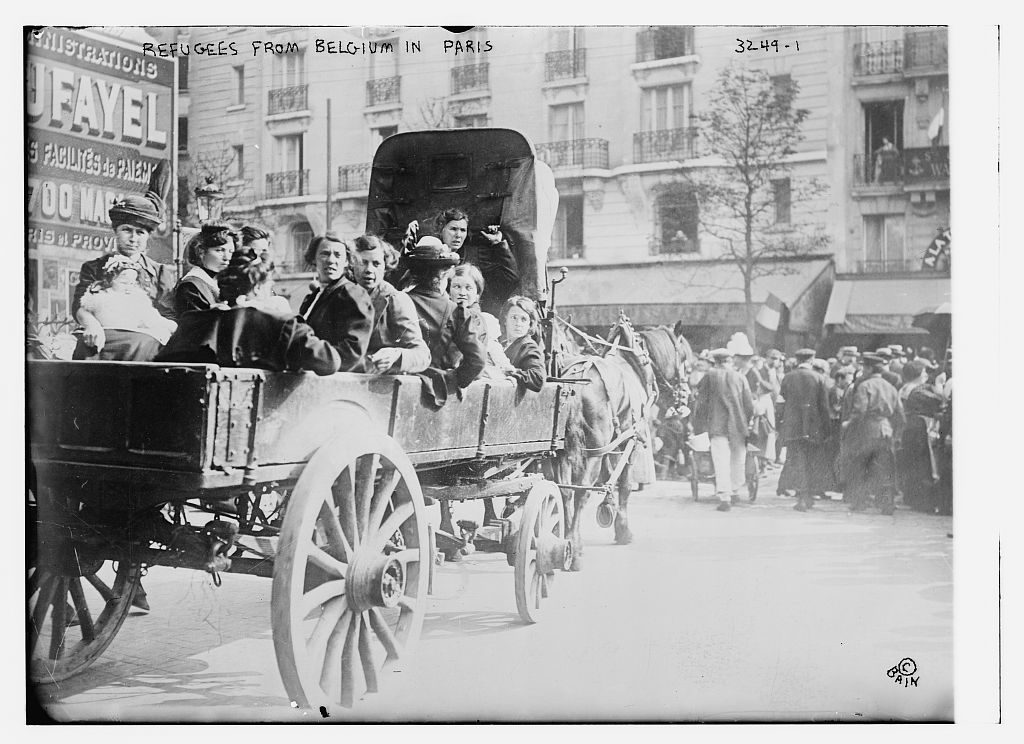
Beyond occupation, refugees also resulted from forced displacement carried out by authorities, sometimes even those of the refugees’ own homeland. This was especially so within the Russian Empire which saw as many as 6 million internally displaced, a significant percentage being non-Russian minorities who were forcibly uprooted from border regions as the central government feared they would collude with the enemy. Simultaneously, in the disintegrating Ottoman Empire, the Young Turks, under the guise of war, carried out mass deportations of Armenians that would culminate in massacres signalling the first modern genocide. Over 250,000 survivors were scattered across Russia and the Middle East, with many refusing to return to Soviet Armenia after the war, choosing instead to settle in Western Europe and North America.
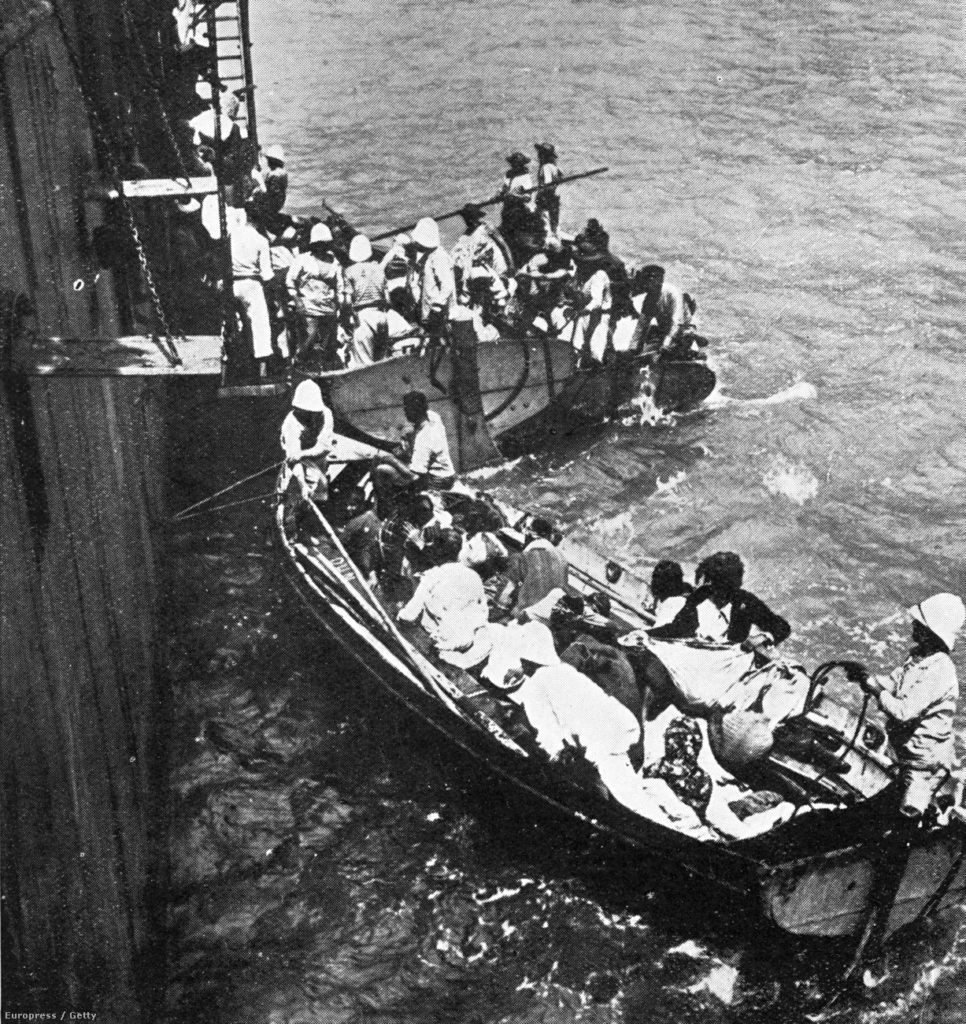
Wider events, while not directly related to the fighting but tightly entangled with it, also played a significant role in creating the first international refugee crisis. In Russia, the revolutions of 1917 and subsequent civil war resulted in a westward exodus of people who feared the newly established Bolshevik government. It is estimated that around 1.5 million Russian refugees were spread across Europe and beyond (particularly in Asia) by the convulsions which caused a state of war to continue well into the 1920s for many regions.
The war also brought about the collapse of the remaining continental European empires of Germany, Austria-Hungary, Russia, and the Ottomans. From the ashes emerged new nation-states who in their eagerness to assert their legitimacy brought the chill of nationalism down upon ethnic minorities, causing many to be displaced by the rising intolerance. For instance, following the Treaty of Trianon in 1920, the formal peace agreement between the Allied Powers and Hungary that defined the borders of the newly independent state, 30% of the ethnic Hungarian population was suddenly residing on foreign soil. Consequently, over 400,000 Hungarians opted to leave their physical homes and become refugees within their own country. Meanwhile in the Balkans, 250,000 ethnic Bulgarian refugees fled to Bulgaria from Greece, Romania, and the new Yugoslavia. A significant portion was displaced as a result of the population transfer agreed between Greece and Bulgaria in 1919.
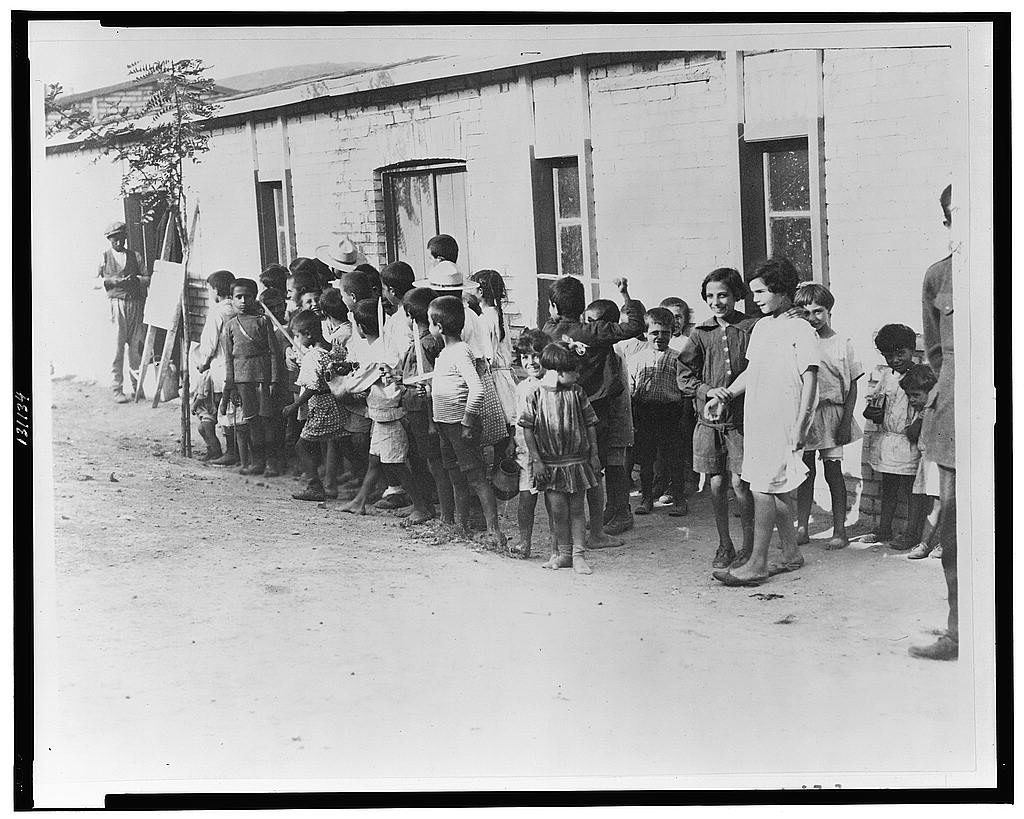
Forced displacement via population transfer like this was further legitimised by the Treaty of Lausanne in 1923 in which 1.22 million Greeks were forced to leave Asia Minor while 400,000 Turks had to move from Greece. Although the agreement did not technically create refugees, those displaced were certainly treated as such in official discourse. The Refugee Relief Fund was set up to provide material assistance while many of the uprooted were relocated to “temporary” camps.
In total, at least 10 million people were displaced in this period, although exact figures are very difficult to discern. As described above, those who moved did so because of a myriad of reasons, and it must be noted that the instances presented here are only the principal cases among many, chosen in order to briefly sketch the outline of the causes and size of this unparalleled crisis. In the following posts we will turn our attention to the unsurprisingly immense consequences, and we shall consider the development of the responses by state and non-state actors at national and international levels, as well as address the quiet power of refugees themselves in this period.
Written by Sam Allan
Translated by Jenna McDonald


